A hypothetical fifth force could be detected by its effect on the optical transition frequencies of an element’s different isotopes.


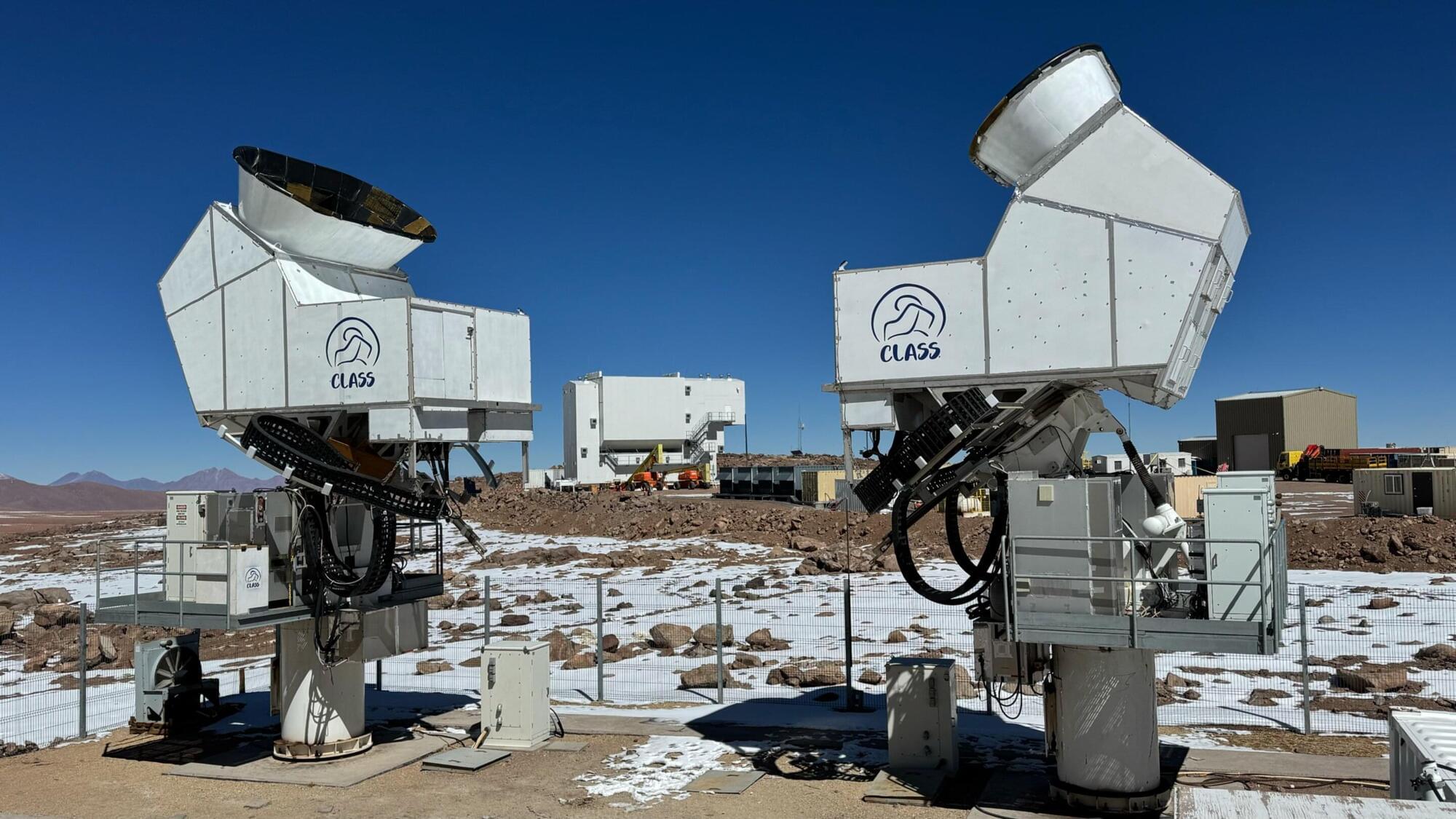
For the first time, scientists have used Earth-based telescopes to look back over 13 billion years to see how the first stars in the universe affect light emitted from the Big Bang.
Using telescopes high in the Andes mountains of northern Chile, astrophysicists have measured this polarized microwave light to create a clearer picture of one of the least understood epochs in the history of the universe, the Cosmic Dawn.
“People thought this couldn’t be done from the ground. Astronomy is a technology-limited field, and microwave signals from the Cosmic Dawn are famously difficult to measure,” said Tobias Marriage, project leader and a Johns Hopkins professor of physics and astronomy. “Ground-based observations face additional challenges compared to space. Overcoming those obstacles makes this measurement a significant achievement.”

The bottom line is that no matter what the zero-point energy is, it’s the background of the universe on top of which all of physics takes place. Just as you can’t go lower than the ground floor of a building with no basement, you can’t get lower than the ground state of the universe — so there’s nothing for you to extract, and there’s no way to leverage that into useful applications of energy.
So, unfortunately, any work you do in the universe will have to be done the old-fashioned way.
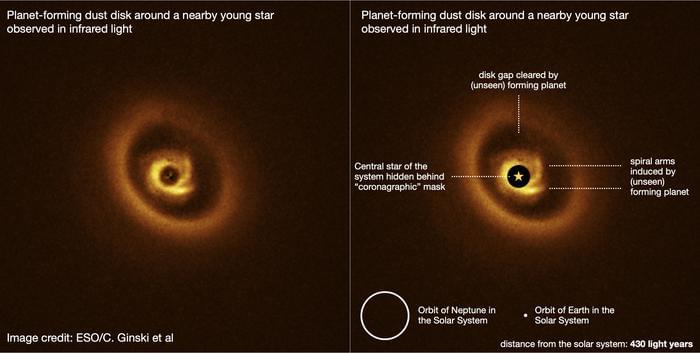
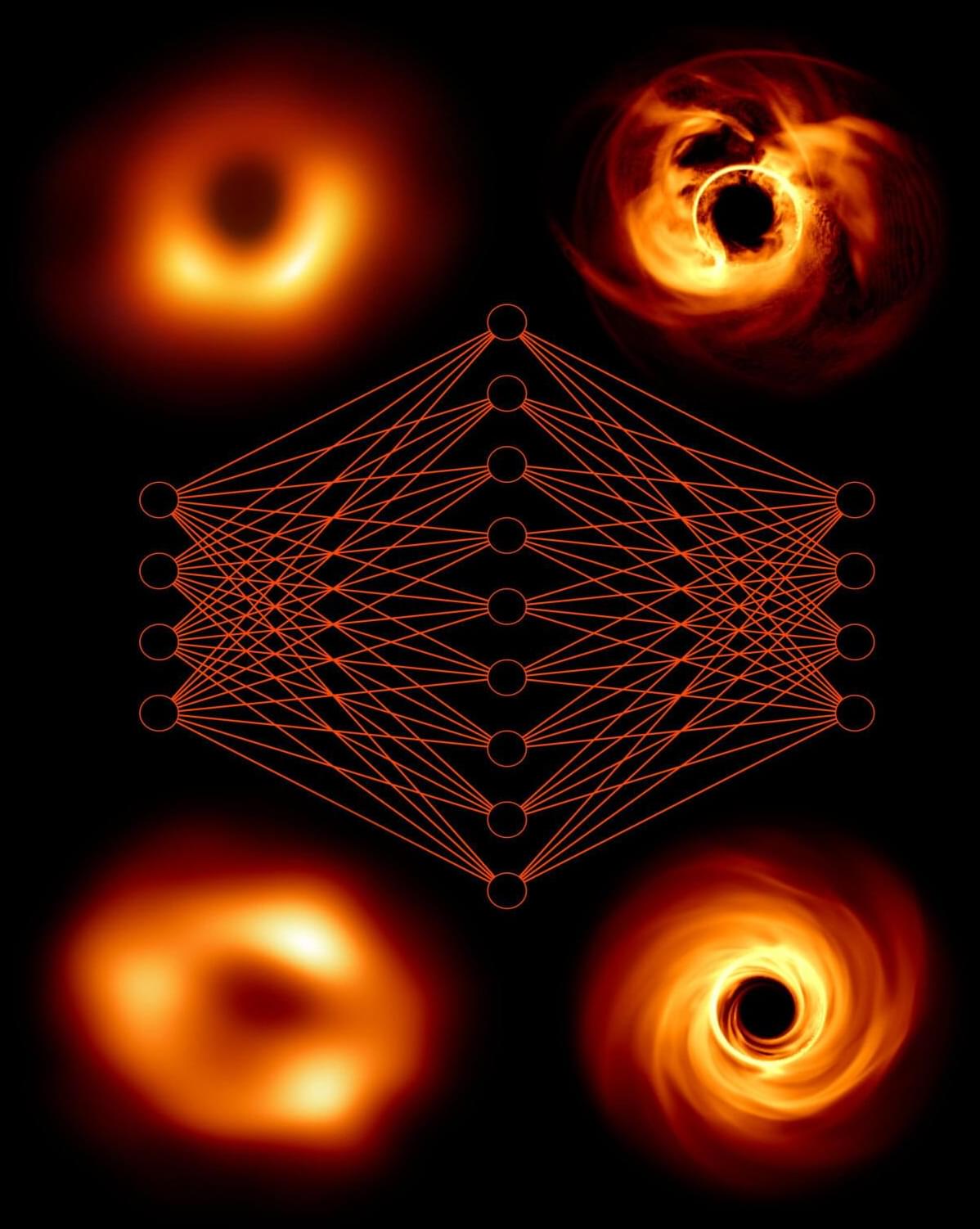
A team of astronomers led by Michael Janssen (Radboud University, The Netherlands) has trained a neural network with millions of synthetic black hole data sets. Based on the network and data from the Event Horizon Telescope, they now predict, among other things, that the black hole at the center of our Milky Way is spinning at near top speed.
The astronomers have published their results and methodology in three papers in the journal Astronomy & Astrophysics.
In 2019, the Event Horizon Telescope Collaboration released the first image of a supermassive black hole at the center of the galaxy M87. In 2022, they presented an image of the black hole in our Milky Way, Sagittarius A*. However, the data behind the images still contained a wealth of hard-to-crack information. An international team of researchers trained a neural network to extract as much information as possible from the data.
We now know that the Galaxy is full of potentially habitable planets. So why do we see no signs that any civilizations have come before us? Matt O’Dowd, astrophysicist and host of PBS Space Time, explains why Fermi’s paradox really is so surprising, and he offers a new piece of evidence that may point towards the solution.
Astrophysicist Matthew O’Dowd spends his time studying the universe, especially really far-away things like Quasars, super-massive black holes and evolving galaxies. He completed his Ph.D. at NASA´s Space Telescope Science Institute, followed by work at the University of Melbourne and Columbia University. Currently he is a professor at the City University of New York´s Lehman College and an Associate at the American Museum of Natural Historys Hayden Planetarium.
Thumbnail © Nadja Niemiec.
This talk was given at a TEDx event using the TED conference format but independently organized by a local community.
Special Offer! Use our link https://joinnautilus.com/SABINE to get 15% off your membership!
Dark energy and dark matter are two placeholders for mysterious forces and substances that expand our universe and make up the majority of its matter, respectively. In a new theory, one physicist says that defects in spacetime explain both of these mysteries at the same time. Let’s take a look.
This video comes with a quiz which you can take here: https://quizwithit.com/start_thequiz/1748971420417x503138930832703500
Correction: I mixed up the gems, sorry. I should have said, defects change the colour of sapphires to red and green, not diamonds.
🤓 Check out my new quiz app ➜ http://quizwithit.com/
💌 Support me on Donorbox ➜ https://donorbox.org/swtg.
📝 Transcripts and written news on Substack ➜ https://sciencewtg.substack.com/
👉 Transcript with links to references on Patreon ➜ https://www.patreon.com/Sabine.
📩 Free weekly science newsletter ➜ https://sabinehossenfelder.com/newsletter/
👂 Audio only podcast ➜ https://open.spotify.com/show/0MkNfXlKnMPEUMEeKQYmYC
🔗 Join this channel to get access to perks ➜
https://www.youtube.com/channel/UC1yNl2E66ZzKApQdRuTQ4tw/join.
🖼️ On instagram ➜ https://www.instagram.com/sciencewtg/
#science #sciencenews #physics #spacetime
Our earliest models of reality were expressed as static structures and geometry, until mathematicians of the 16th century came up with differential algebra, a framework which allowed us to capture aspects of the world as a dynamical system. The 20th century introduced the concept of computation, and we began to model the world through state transitions. Stephen Wolfram suggests that we may be about to enter a new paradigm: multicomputation. At the core of multicomputation is the non-deterministic Turing machine, one of the more arcane ideas of 20th century computer science. Unlike a deterministic Turing machine, it does not just transition from one state to the next, but to all possible states simultaneously, resulting in structures that emerge over the branching and merging of causal paths.
Stephen Wolfram studies the resulting multiway systems as a model for foundational physics. Multiway systems can also be used as an abstraction to understand biological and social processes, economic dynamics, and model-building itself.
In this conversation, we want to explore whether mental processes can be understood as multiway systems, and what the multicomputational perspective might imply for memory, perception, decision making and consciousness.
About the Guest: Stephen Wolfram is one of the most interesting and least boring thinkers of our time, well known for his unique contributions to computer science, theoretical physics and the philosophy of computation. Among other things, Stephen is the creator of the Wolfram Language (also known as Mathematica), the knowledge engine Wolfram|Alpha, the author of the books A New Kind of Science and A Project to Find the Fundamental Theory of Physics, and the founder and CEO of Wolfram Research.
We anticipate that this will be an intellectually fascinating discussion; please consider reading some of the following articles ahead of time:
The Concept of the Ruliad: https://writings.stephenwolfram.com/2021/11/the-concept-of-the-ruliad/
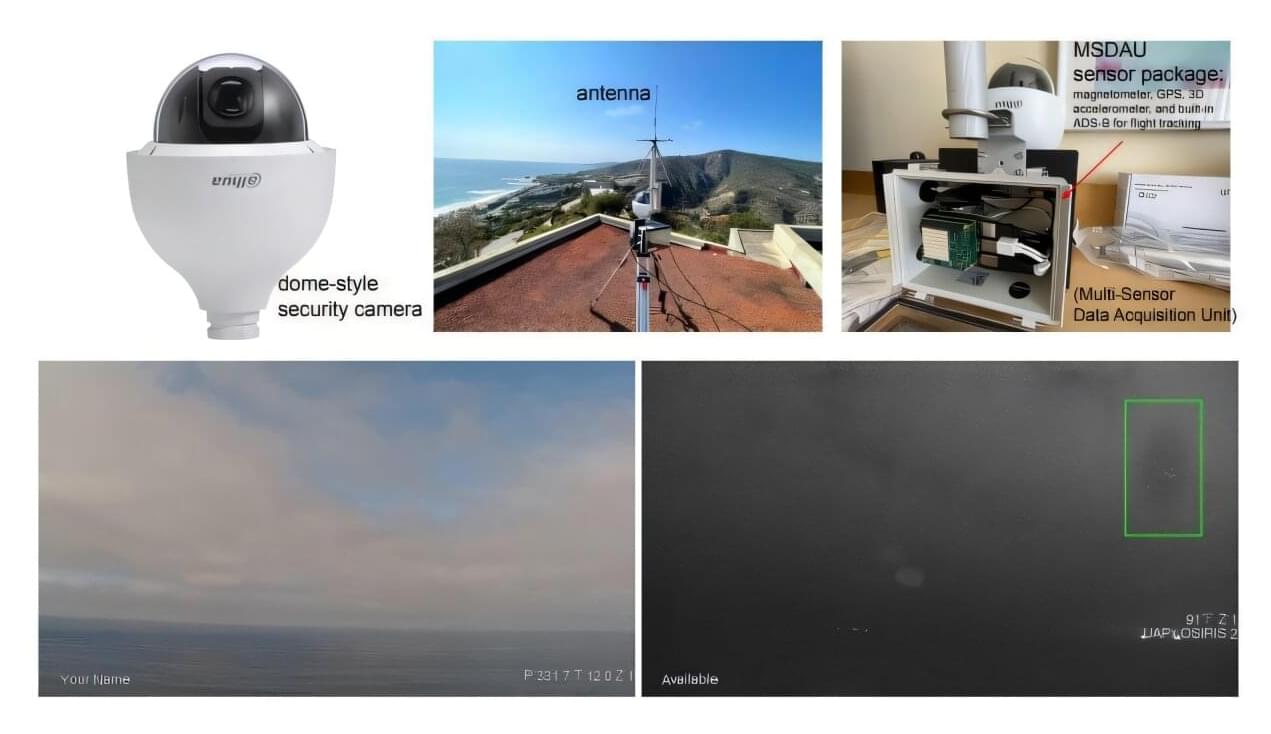
A team of physicists from the University at Albany has proposed scientifically rigorous methods for documenting and analyzing Unidentified Anomalous Phenomena (UAP) building upon the work of numerous past and present researchers in the field.
The team tested their methods in the field for the first time and reported their findings in Progress in Aerospace Sciences.
UAP is the term used by government agencies like NASA to refer to “observations of events in the sky that cannot be identified as aircraft or known natural phenomena.”
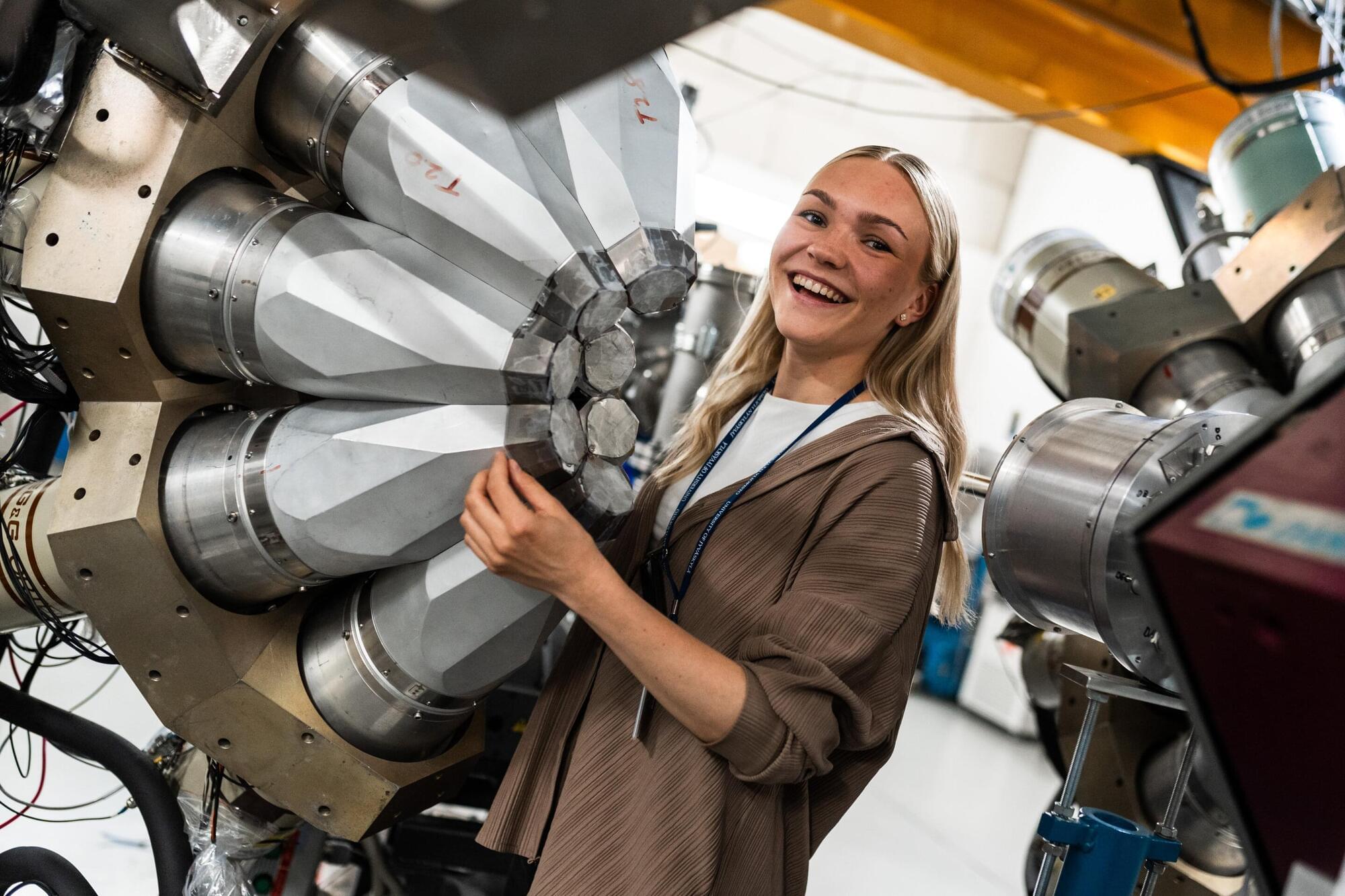
For the first time in almost 30 years, the heaviest nucleus decaying via proton emission has been measured. The previous similar breakthrough was achieved in 1996.
The radioactive decay of atomic nuclei has been one of the keystones of nuclear physics since the beginning of nuclear research. Now the heaviest nucleus decaying via proton emission has been measured in the Accelerator Laboratory of the University of Jyväskylä, Finland. The research article was written as part of an international research collaboration involving experts in theoretical nuclear physics and published in Nature Communications on 29 May 2025.
“Proton emission is a rare form of radioactive decay, in which the nucleus emits a proton to take a step toward stability,” says Doctoral Researcher Henna Kokkonen from the University of Jyväskylä